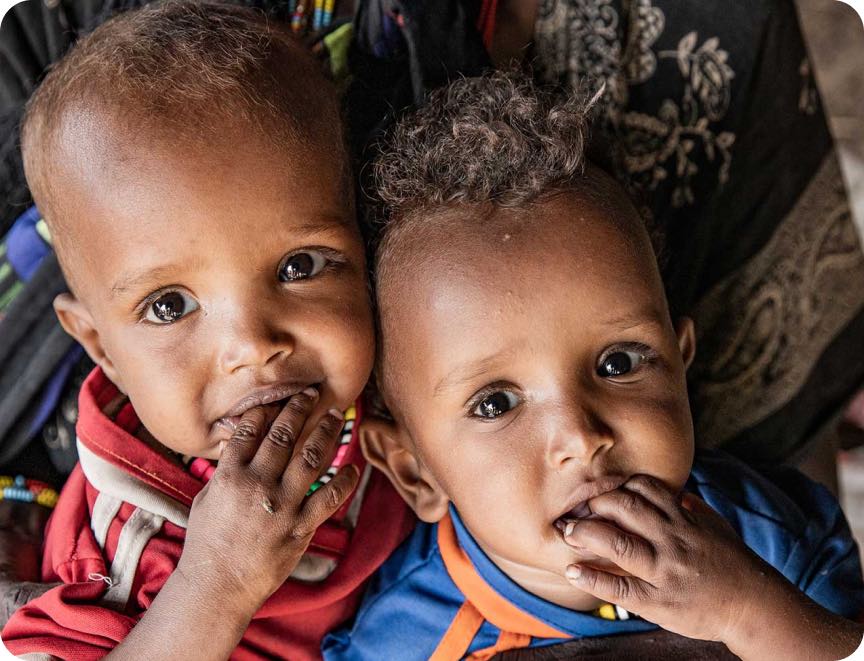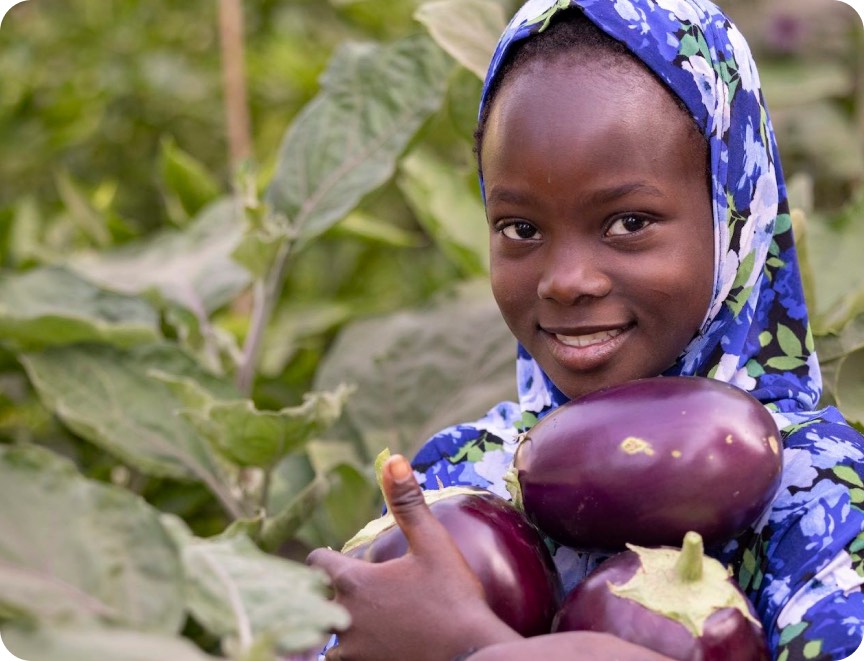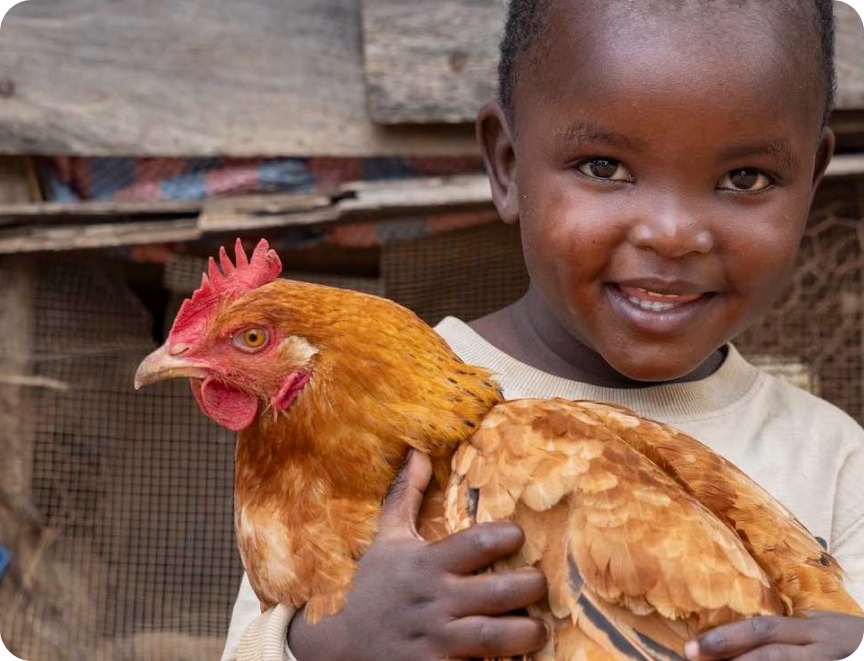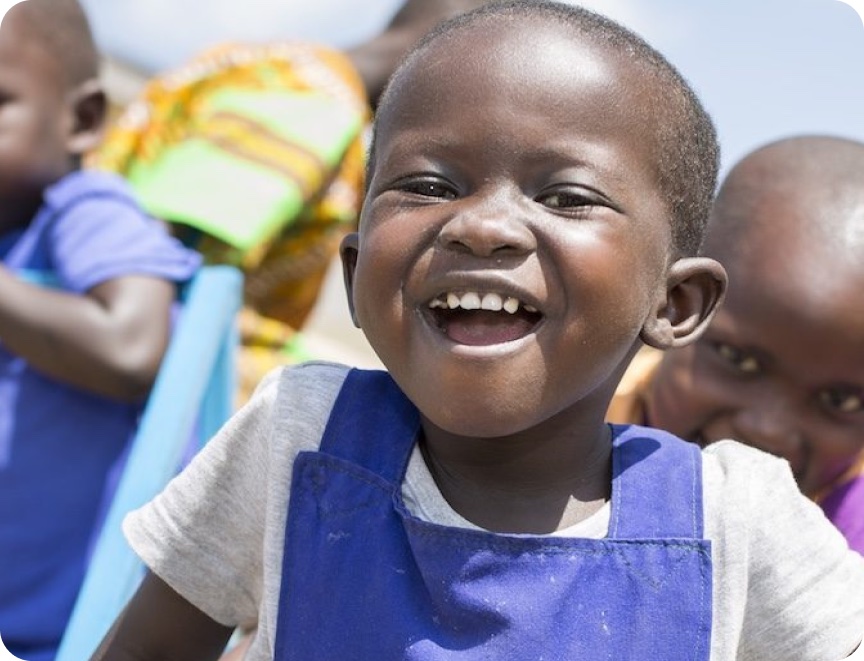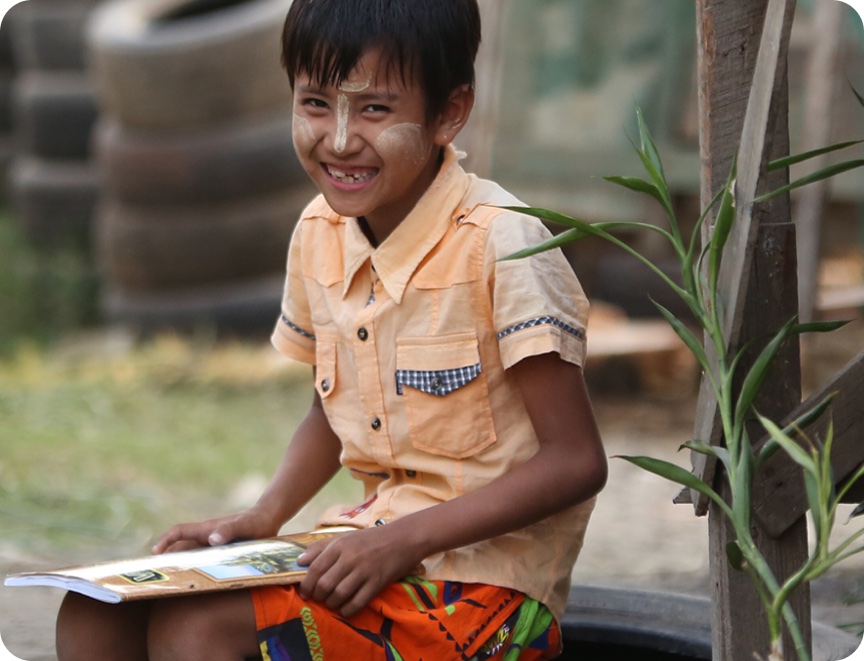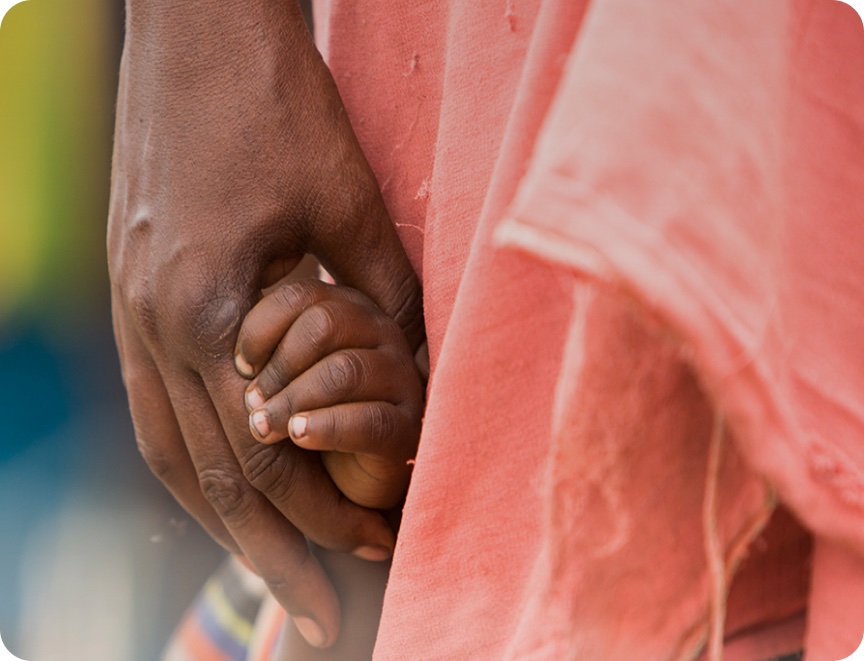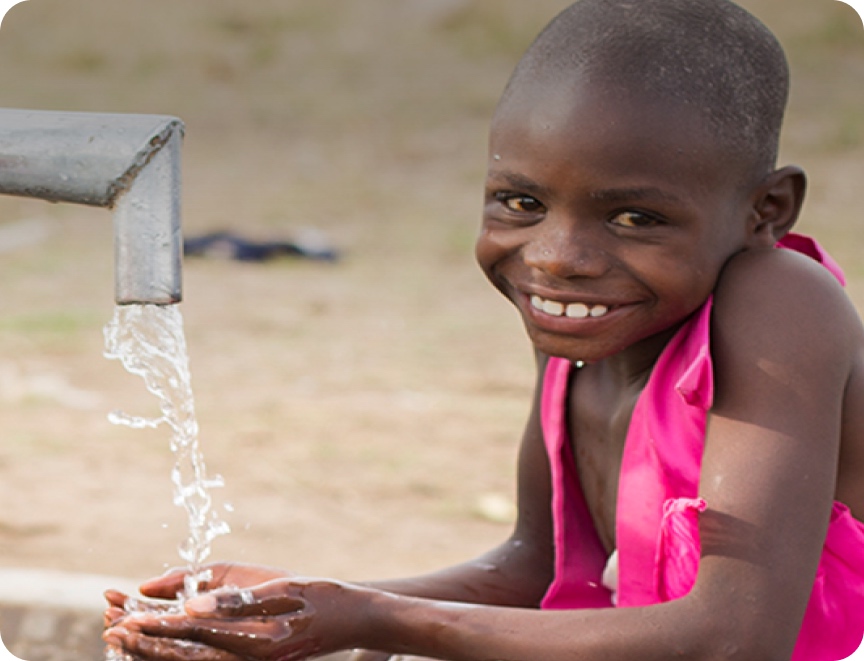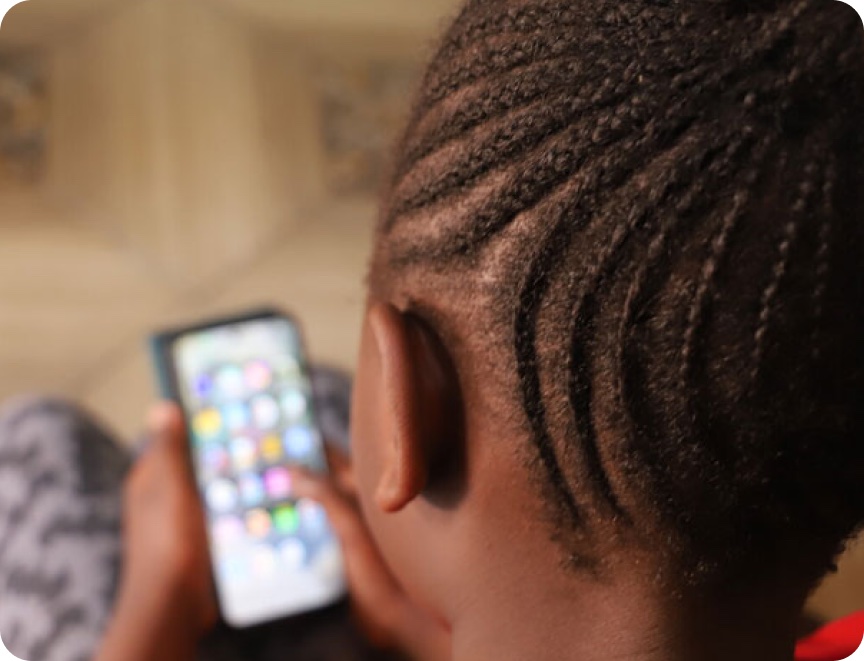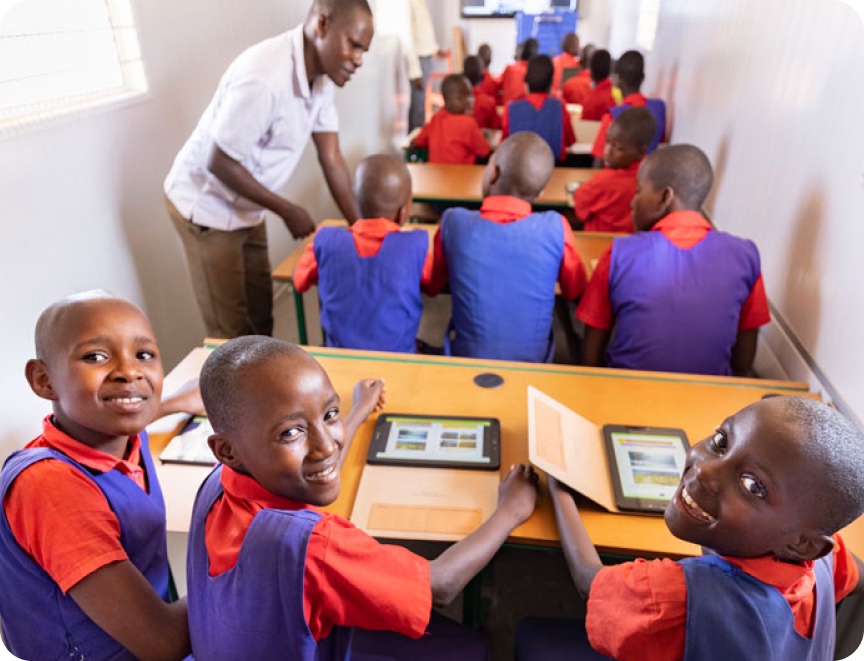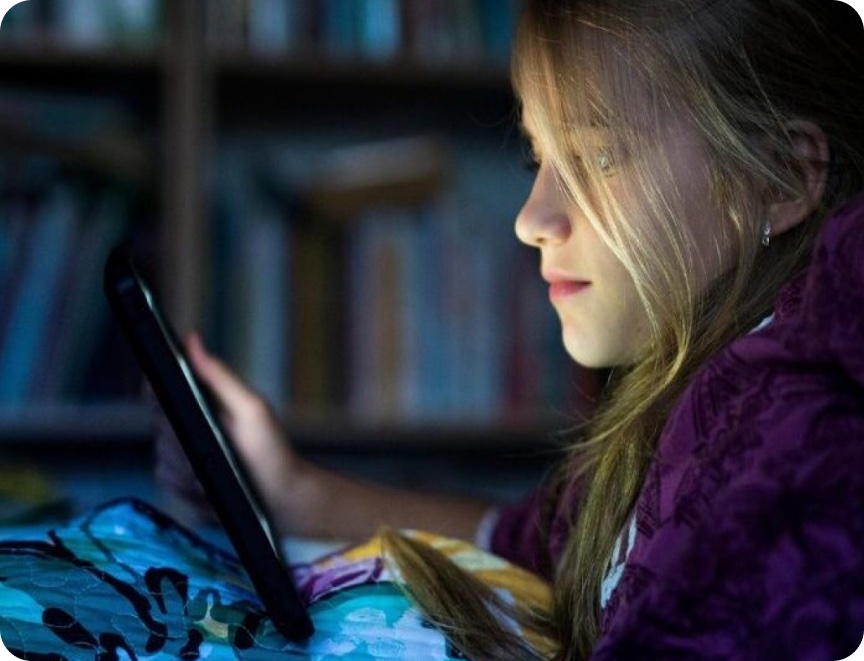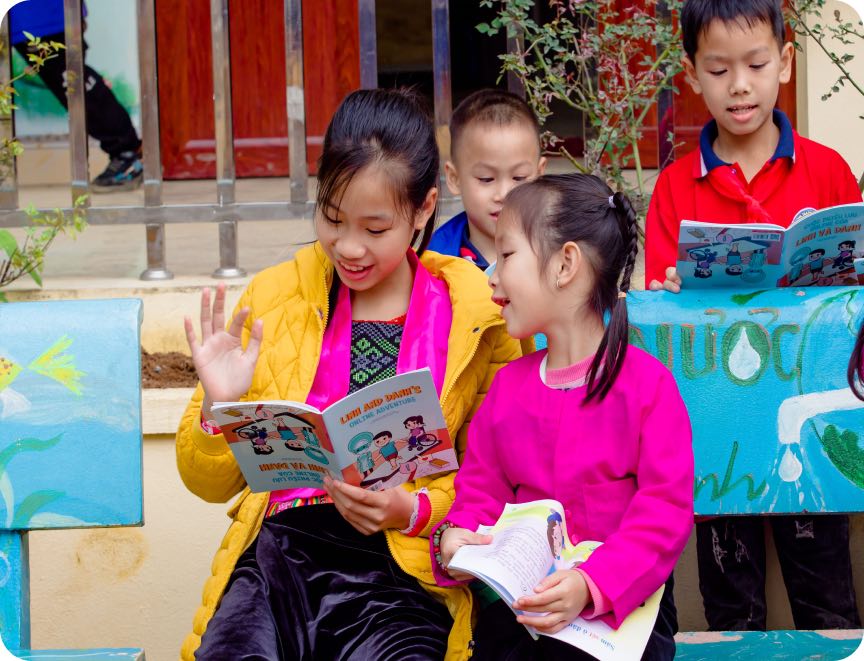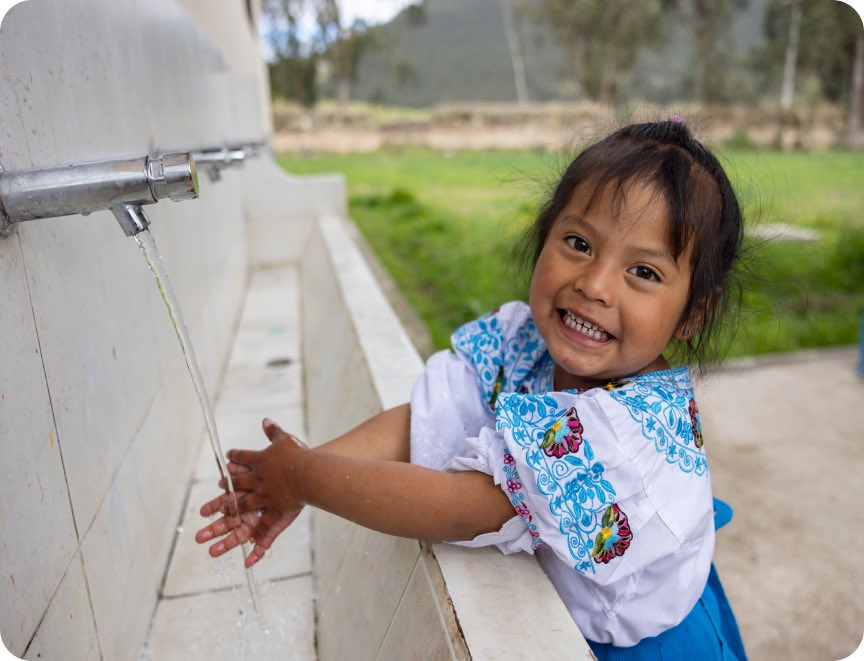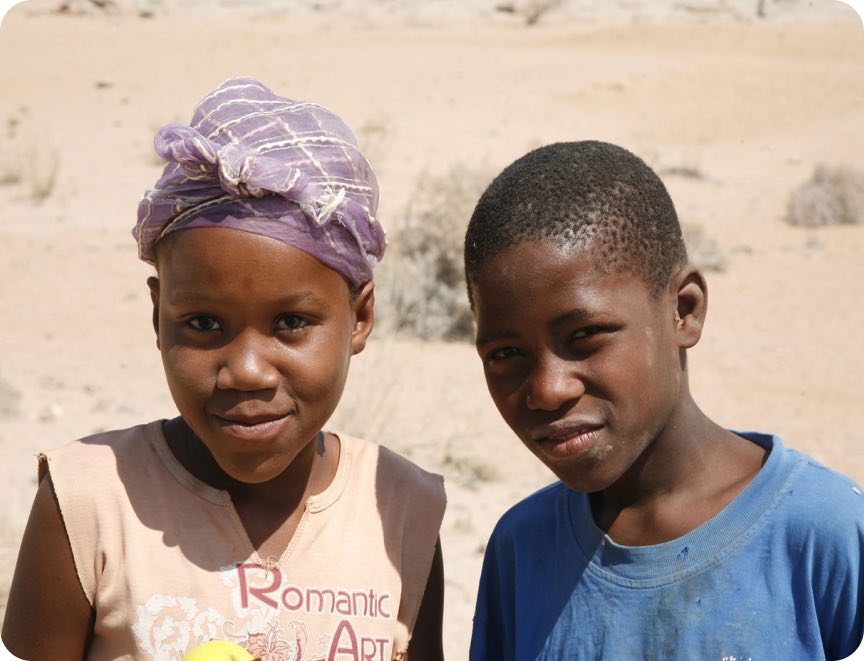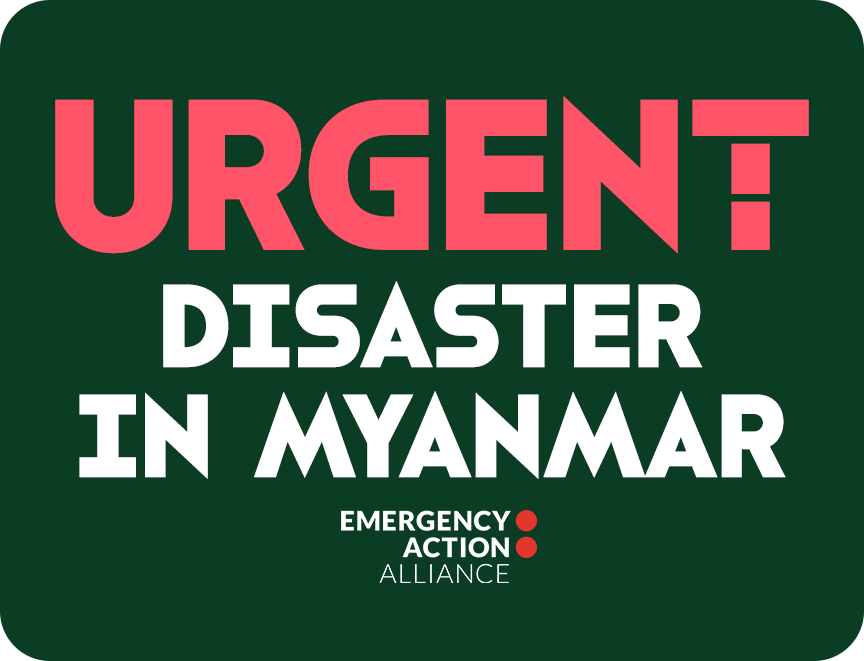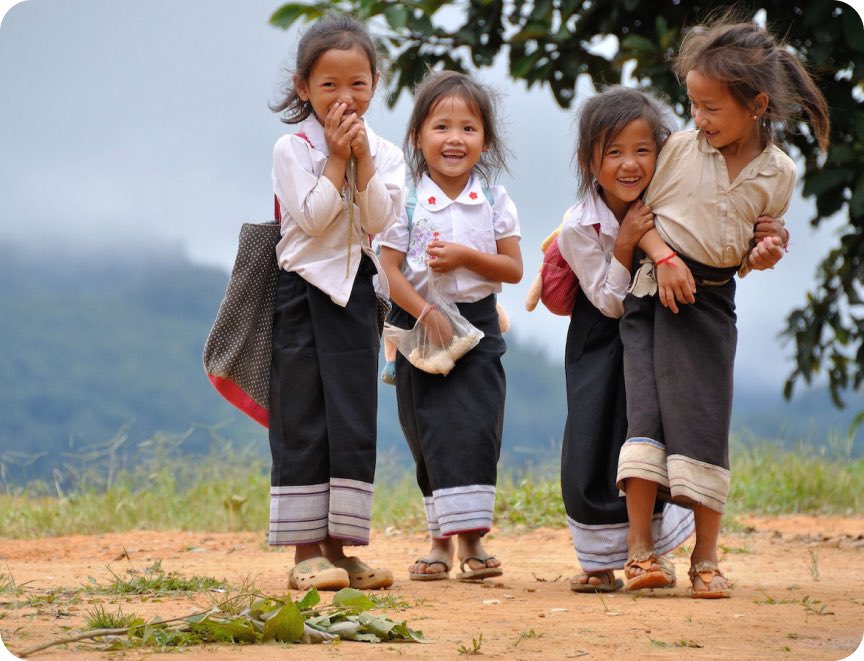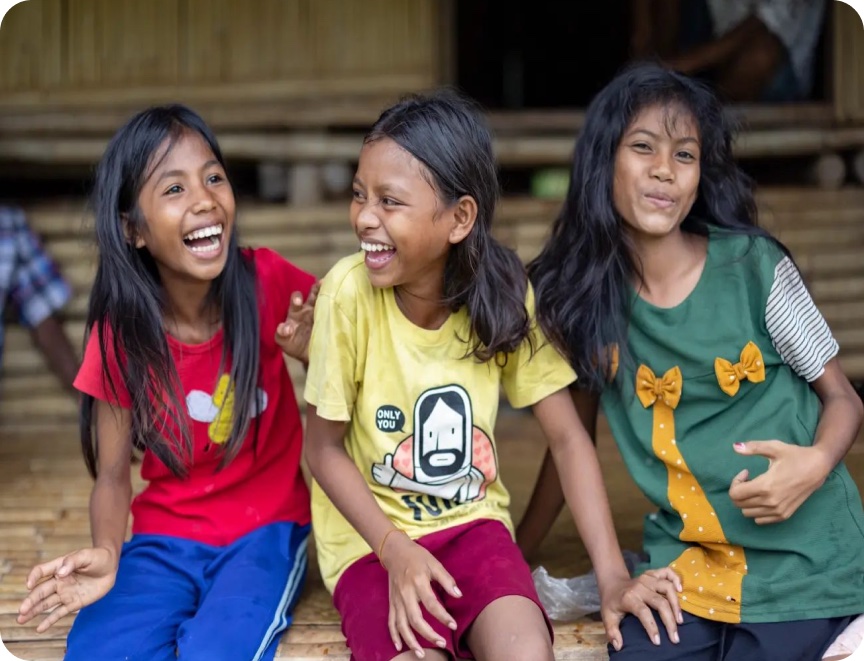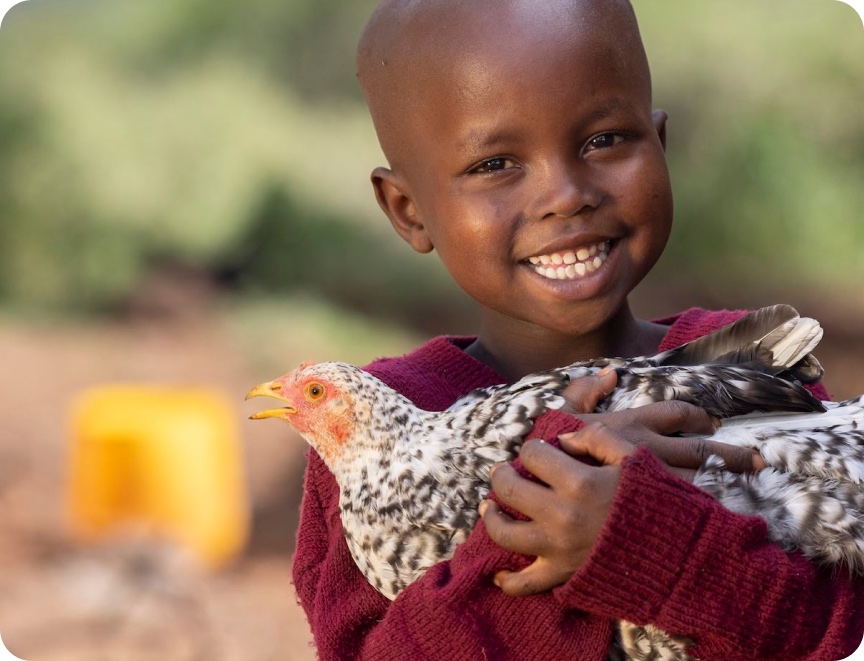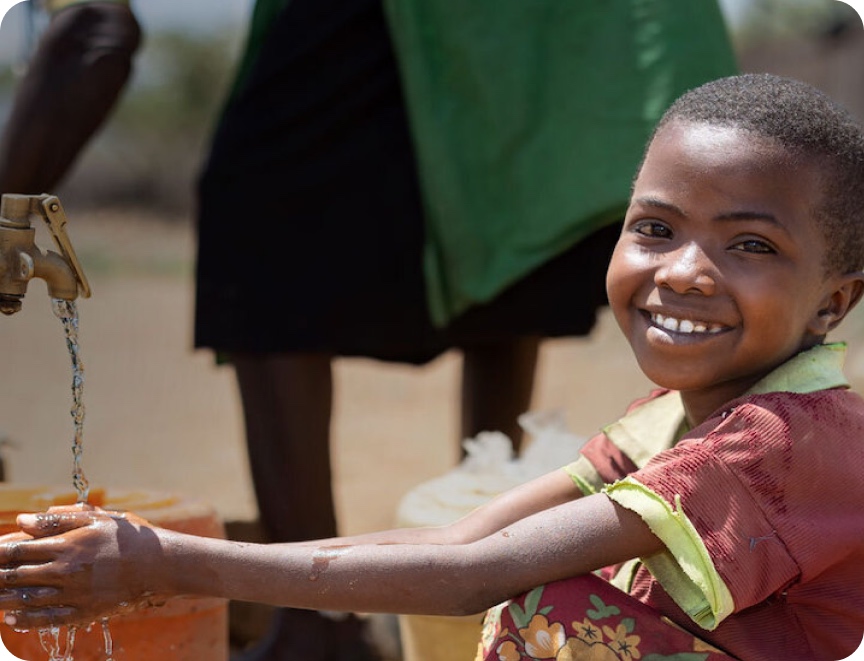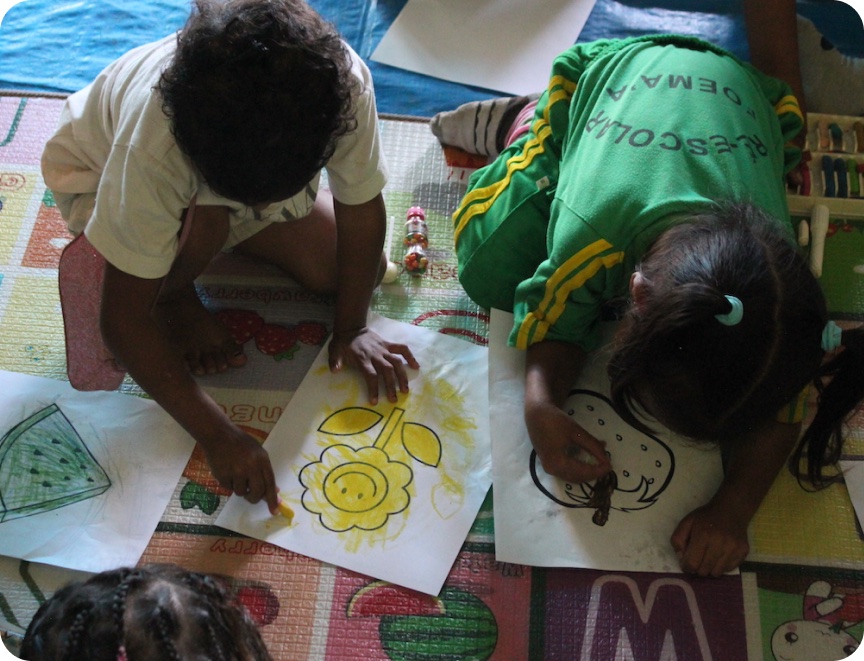]Sydney, Australia, 20 November, 2014: One in four Australian children (24 per cent) say that children’s rights to protection in our country are not being met, according to a new global survey of over 6,000 children by international aid group ChildFund Alliance.
The study also found only 14 per cent of Australian children said young people in our country are always protected from physical or psychological harm, with respondents mentioning issues such as bullying, child abuse and lack of proper family care.
“Comments made by Australian children in this year’s survey highlight their compassion for others and their awareness of significant issues affecting their community,” said Nigel Spence, CEO of ChildFund Australia. “The responses of many of the Australian children referred to unfair treatment of other children, including children in detention, Aboriginal children and homeless children.”
These findings are taken from ChildFund’s fifth annual Small Voices, Big Dreams Survey, one of the most comprehensive polls of children’s views in the world. This year, to mark the 25th anniversary of the UN Convention on the Rights of the Child, 6,040 children aged 10 to 12 years in 44 countries, including 202 children in Australia, were asked for their views on child rights.
The poll found some marked differences in responses between children in developed countries such as Australia and their peers in developing countries. For example, Australian children were far more likely to say that children in our country aren’t missing out on any rights (27 per cent), compared with 4 per cent in Africa and 12 per cent in Asia.
An alarming one in four children (24 per cent) in developing countries said children in their country are rarely or never protected from being hurt or mistreated, compared with 6 per cent in Australia. In the Asia region, 40 per cent of children surveyed in Laos and a quarter (26 per cent) of children in India and Indonesia said young people in their country were rarely or never protected from abuse.
The survey also revealed the huge gap between Australian children and children in developing countries when it comes to being protected from doing harmful work. Over two-thirds of children in Australia (69 per cent) said that young people here are protected from doing harmful work always or often, in comparison to only 30 per cent from developing countries.
In the Asia region, one in five children (22 per cent) said rights to protection from harmful work were rarely or never upheld. Harmful child labour was a particular concern for children in India, Laos and Sri Lanka, where at least a third of children said these rights were rarely or never upheld.
Mr Spence said: “As we mark 25 years of the Convention on the Rights of the Child, it is sadly evident that we are failing to protect too many children in our region and beyond. While children in Australia recognise that they generally enjoy greater rights than their peers in developing countries, we cannot ignore how much more needs to be done to ensure vulnerable children here and around the world are afforded better protections and opportunities so that all children can be free from violence, abuse and exploitation.”
When asked what they would do to better the lives of children if they were leaders of their country, the most popular response from Australian children was to improve education and learning and provide technology (29 per cent). This is a global trend for children (39 per cent), although a greater issue for children in developing countries (51 per cent).
For Australian children, this was closely followed by the desire to change social and political problems or policies (25 per cent), putting these needs above safety, security, food and shelter.
“It’s great to see Australian children have their sights set on improving the lives of other children and recognise that this can be done through quality education and more compassionate policies that are focused on the best interests of children,” said Mr Spence.
“Year after year, this survey shows that children have some quite revelatory things to say. This is an opportunity for us to listen and learn from children on issues that clearly affect them.”
Download the full report here.
To watch the campaign video, visit smallvoicesbigdreams.org


